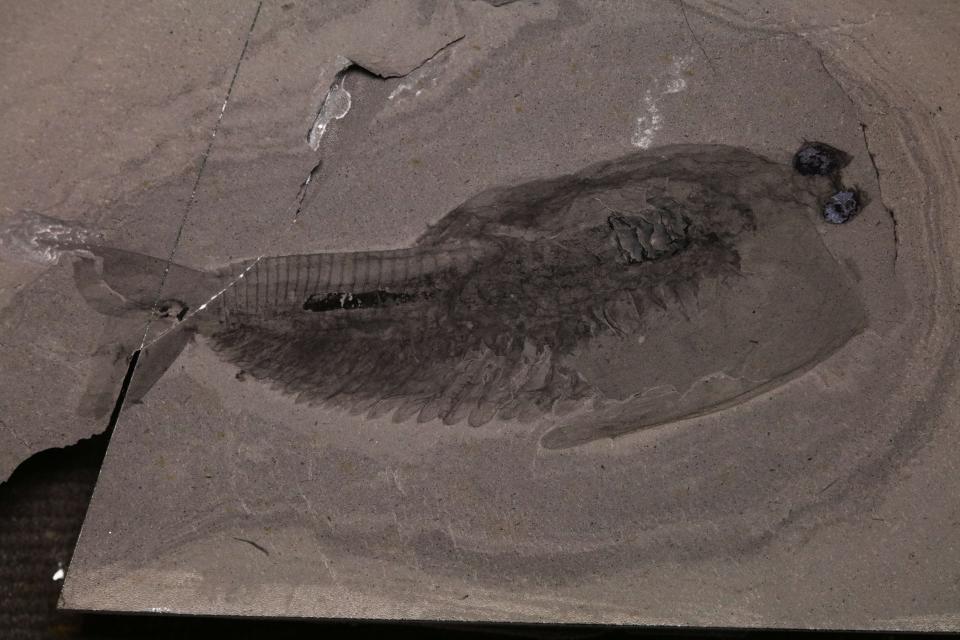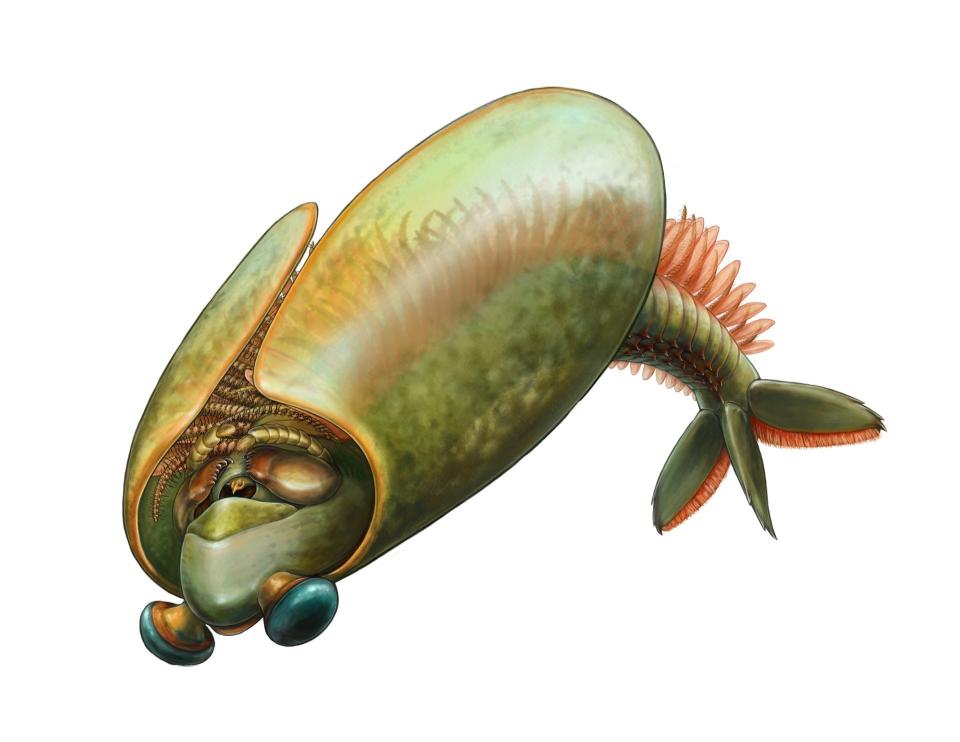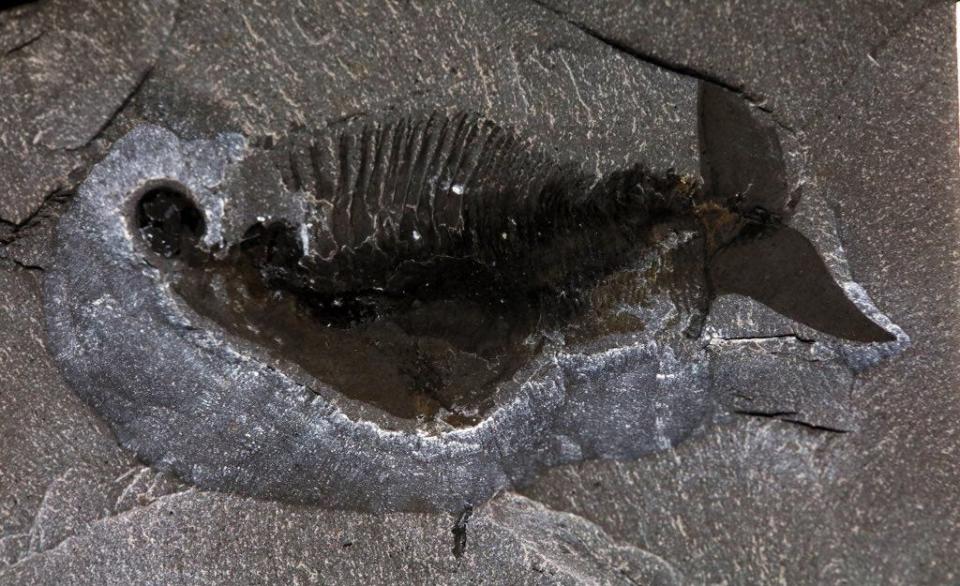A new fossil shows an animal unlike any we've seen before. And it looks like a taco.
A common ancestor to some of the most widespread animals on Earth has managed to surprise scientists, because its taco shape and multi-jointed legs are something no paleontologist has ever seen before in the fossil record, according to the authors of a new study.
Paleontologists have long studied hymenocarines – the ancestors to shrimp, centipedes and crabs – that lived 500 million years ago with multiple sets of legs and pincer-like mandibles around their mouths.
Until now, scientists said they were missing a piece of the evolutionary puzzle, unable to link some hymenocarines to others that came later in the fossil record. But a newly discovered specimen of a species called Odaraia alata fills the timeline's gap and more interestingly, has physical characteristics scientists have never before laid eyes on: Legs with a dizzying number of spines running through them and a 'taco' shell.
“No one could have imagined that an animal with 30 pairs of legs, with 20 segments per leg and so many spines on it ever existed, and it's also enclosed in this very strange taco shape," Alejandro Izquierdo-López, a paleontologist and lead author of a new report introducing the specimen told USA TODAY.

The Odaraia alata specimen discovery, which is on display at Toronto's Royal Ontario Museum, is important because scientists expect to learn more clues as to why its descendants − like shrimp and many bug species − have successfully evolved and spread around the world, Izquierdo-López said.
"Odaraiid cephalic anatomy has been largely unknown, limiting evolutionary scenarios and putting their... affinities into question," Izquierdo-López and others wrote in a report published Wednesday in Royal Society of London's Proceedings B journal.
A taco shell − but full of legs
Paleontologists have never seen an animal shaped like a taco, Izquierdo-López said, explaining how Odaraia alata used its folds (imagine the two sides of a tortilla enveloping a taco's filling) to create a funnel underwater, where the animal lived.
When prey flowed inside, they would get trapped in Odaraia alata's 30 pairs of legs. Because each leg is subdivided about 20 times, Izquierdo-López said, the 30 pairs transform into a dense, webby net when intertwined.


“Every legs is just completely full of spines," Izquierdo-López said, explaining how more than 80 spines in a single leg create an almost "fuzzy" net structure.
“These are features we have never seen before," said Izquierdo-López, who is based in Barcelona, Spain.
Izquierdo-López and his team will continue to study Odaraia alata to learn about why its descendants have overtaken populations of snails, octopi and other sea creatures that have existed for millions of years but are not as widespread now.
"Every animal on Earth is connected through ancestry to each other," he said. "All of these questions are really interesting to me because they speak about the history of our planet."
This article originally appeared on USA TODAY: Taco-shaped with 30 pairs of legs: Check out this newly found fossil

